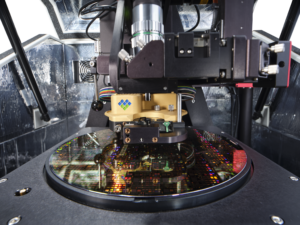IR Spectroscopy
The future of materials science is nano. Many new products are based on nanomaterials and use their specific properties to obtain new or improved functionality. But how do you know your nanomaterial is exactly as you want it? Nanoscale imaging is not enough; what is required is sub-micron or nanoscale chemical imaging. Optical Photothermal Infrared (OPTIR) is an optical technique which provides sub-micron IR and Raman imaging. ST Instruments provides the mIRage, the worlds first sub-micron IR microscope that can combine IR with Raman. This instrument breaks the diffraction limit of traditional IR spectroscopy, with a unique technique. When the highest spatial resolution is required, Photo-induced Force Microscopy (PiFM) is the most powerful AFM-IR technique to get infrared spectra at sub-10 nm resolution. ST Instruments offers PiFM instruments designed by Molecular Vista, which can also be equipped to perform scattering scanning near-field optical microscopy (s-SNOM) or Raman spectroscopy.

 ♦
♦ 